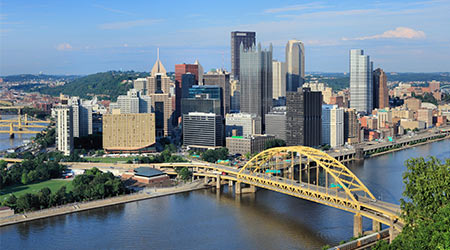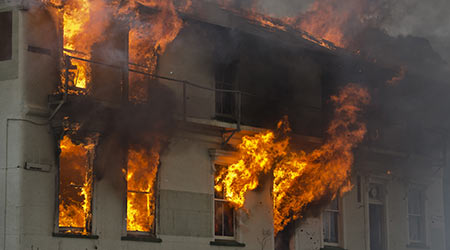
Fire Focus: Rating System Exposes Buildings’ Risk
April 30, 2018
Facility managers are involved with almost everything in a facility at one point or another. Office too warm? Call the facility manager. Concerned about lighting in the parking structure? Call the facility manager. Worried an alarm will be triggered when an employee comes in on the weekend? Call the facility manager.
For all of these responsibilities, fire and life safety is perhaps the most important area in which a facility manager is involved. It requires the manager to have some knowledge about a range of topics, including operational considerations, testing and inspection requirements and policies and procedures. A facility manager also needs to know about the sprinkler system and the fire alarm system, as well as fire drills, emergency planning, housekeeping and storage practices, and a building's fire egress features.
For these reasons, managers also are central in ensuring facilities comply with the appropriate fire and building codes. As they city of Pittsburgh is learning, that is an immense challenge.
Read: Fire safety vs. sustainability
The city and Carnegie Mellon University have devised a way to analyze data about commercial buildings to determine which ones are most susceptible to a fire, according to the Warrendale (Pa.) Tribune-Review.
A team from the university's Metro 21 Smart Cities Institute mined data about the city's estimated 22,000 commercial buildings and assigned a fire risk score to each one. Over the past six months, the city received fire calls from 50 of the 57 buildings that had been determined to be most at risk, Mayor Bill Peduto says.
“What if you could use technology in order to be able to determine the next building that would catch on fire?” Peduto asks. “It's happening today in the city of Pittsburgh because of an effort between Carnegie Mellon University and the Pittsburgh Public Safety Department.”
Read: Keeping fire safety systems current
Pittsburgh officials refused to identify the 57 highest-risk buildings, citing privacy concerns and potential legal liability. Most of the 50 fire calls were because of smoke alarms, electrical short circuits and cooking fires. Six turned out to be actual fires in the building.
Fire Chief Darryl Jones says the department would use the information to target high-risk buildings and inspect them to be sure fire-suppression systems are working, ading that the department has created plans for extinguishing a fire in each of the buildings and educating inhabitants on fire safety and prevention.
“If the building is in violation of the International Fire Code, which we've adopted by ordinance ... we give the property owner or manager some time to clean up the violations, usually about 10 days,” Jones says. “If there's some resistance or it's not cleaned up at that time, then we will start issuing citations. Fines for us start out at $1,000 per violation per day.”
This Quick Read was submitted by Dan Hounsell — dan.hounsell@tradepressmedia.com — editor-in-chief of Facility Maintenance Decisions and Facilitiesnet.com.
Next
Read next on FacilitiesNet












